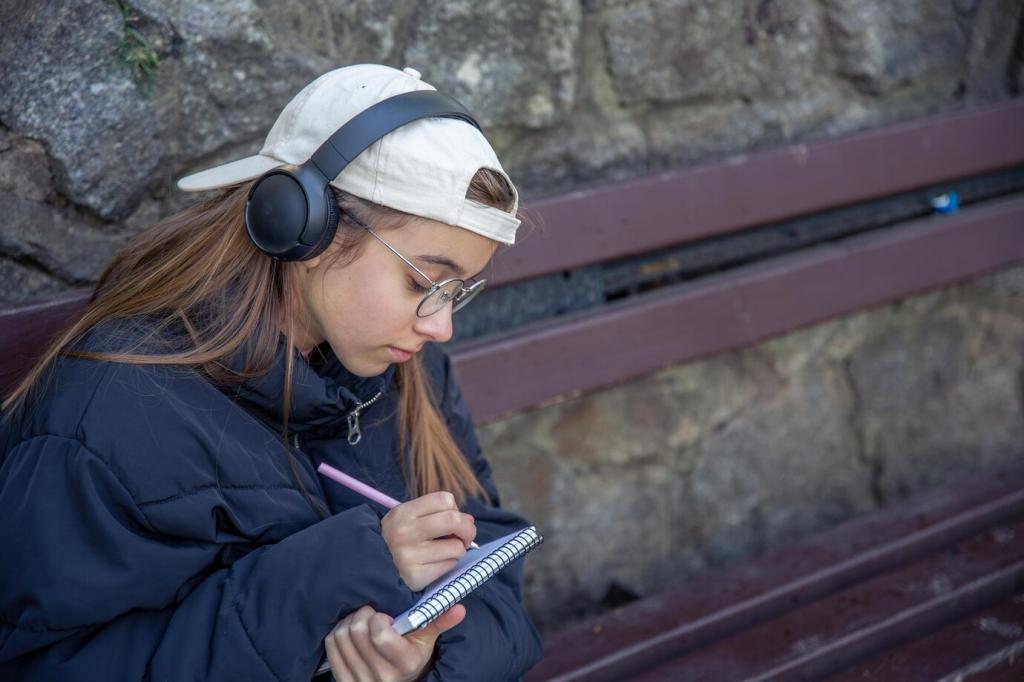Why Music Speaks When Words Fall Short
Neuroscientists note that music activates emotional and memory centers simultaneously, helping audiences feel before they fully think. When a score swells, we intuit relationships, stakes, and tone, even without dialogue or visible exposition.
Why Music Speaks When Words Fall Short
From Wagner’s operas to John Williams’s cinema, recurring themes tag characters and ideas with instant recognition. Hear two ominous notes and think Jaws; hear a regal brass march and meet Darth Vader long before he speaks.





